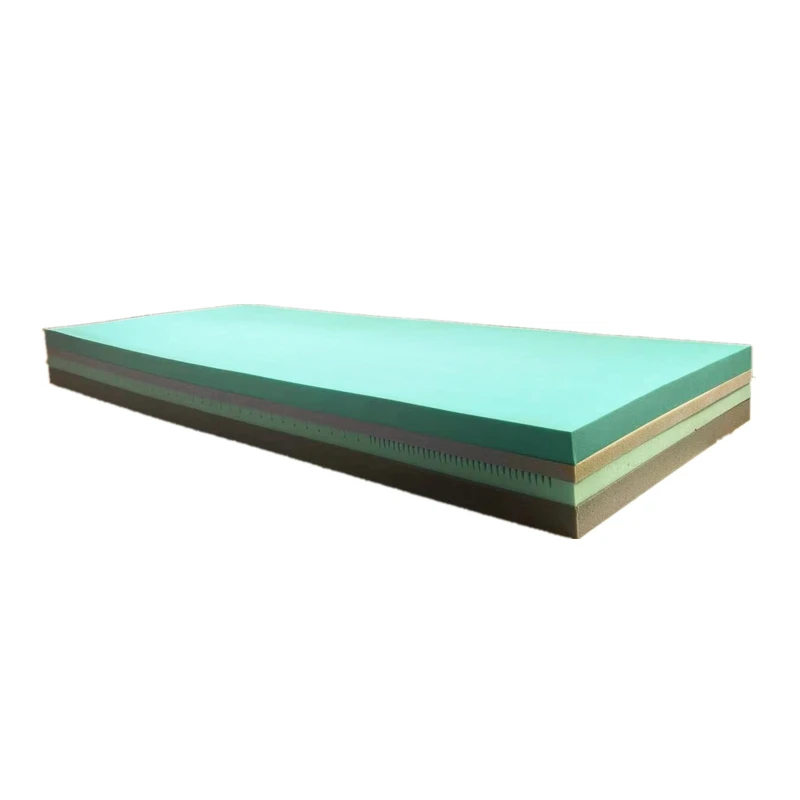mattress function
The Mattress Function A Comprehensive Overview
When we think of mattresses, we often focus on comfort, support, and the crucial role they play in facilitating a good night's sleep. However, the underlying mechanics and principles that govern how mattresses function are often overlooked. Understanding the mattress function is essential for making informed purchasing decisions and maximizing the benefits of a good night's rest.
At its core, the mattress function refers to how a mattress responds to various forces and loads imposed by the human body. This response affects not only comfort but also spinal alignment, pressure relief, and overall sleep quality. Several elements contribute to the effectiveness of a mattress, including materials, construction, firmness level, and individual needs.
One of the primary factors in mattress functionality is the type of material used. Traditional innerspring mattresses rely on a network of coils to provide support. The coil system is designed to offer responsive bounce, allowing for movement without significant disturbance. However, these mattresses can sometimes fail to distribute weight evenly, leading to pressure points, especially for side sleepers.
In contrast, memory foam mattresses have gained immense popularity due to their ability to conform to the body’s shape. When weight is applied, memory foam softens and molds according to the contours of the sleeper, promoting even weight distribution. This characteristic helps alleviate pressure points, making it a favorable choice for many individuals. However, some users may find that memory foam retains heat, which can be a drawback for those who tend to sleep hot.
Latex mattresses offer another functional alternative, combining the supportive nature of innerspring systems with the contouring properties of memory foam. Natural latex is both breathable and durable, making it an excellent choice for those who seek comfort without compromising on longevity. Latex mattresses typically provide a bouncier feel and maintain their shape better than some memory foams.
mattress function

The firmness level of a mattress is another critical aspect of its function. Personal preference plays a significant role here, as individuals have unique sleeping positions and body types. A firmer mattress may be suitable for back sleepers as it helps maintain spinal alignment, while side sleepers often benefit from a softer mattress that allows for proper shoulder and hip sinking. Finding the right firmness level is essential for ensuring adequate support and comfort throughout the night.
Moreover, the weight of the sleeper is important in determining the most appropriate mattress. Heavier individuals may require a mattress with higher density materials and added support to prevent sagging, while lighter individuals may find softer mattresses more comfortable as they provide adequate cushioning without excessive resistance.
In addition to these factors, the design and construction of a mattress can significantly influence its functional performance. Hybrid mattresses, which combine innerspring coils with layers of foam or latex, offer a balanced approach to comfort and support. Each layer is carefully designed to work in harmony, providing the sleeper with both resilience and adaptability.
Lastly, when considering the mattress function, it’s crucial to understand how sleep hygiene plays a role in the overall effectiveness of any mattress. Factors like maintaining a clean sleeping environment, regular rotation of the mattress, and using suitable bedding can enhance the performance and lifespan of the mattress.
In conclusion, understanding the mattress function is vital for selecting the right bedding for optimal sleep quality. By considering materials, firmness levels, body types, and personal preferences, individuals can make informed choices that enhance their sleep experience. A good mattress is more than just a purchase; it is an investment in health and well-being, significantly impacting daily life and energy levels.
-
The Science Behind Silicon Mattresses for Critical Care EnvironmentsNewsJul.16,2025
-
The Role of Wave Mattress Systems in Pressure Ulcer PreventionNewsJul.16,2025
-
The Role of ICU Nursing Silicon Mattress in Preventing Pressure UlcersNewsJul.16,2025
-
Long-Term Bedridden Patients and the Advantages of Silicon Mattresses in the ICUNewsJul.16,2025
-
From ICU to Home Care: Expanding the Use of Silicon Mattresses for Nursing NeedsNewsJul.16,2025
-
Choosing the Right Wave Mattress for Different Levels of Patient CareNewsJul.16,2025
-
The Effect of Coconut Foam Mattress Breathability and Humidity Regulation on Improving Sleep QualityNewsJul.03,2025

